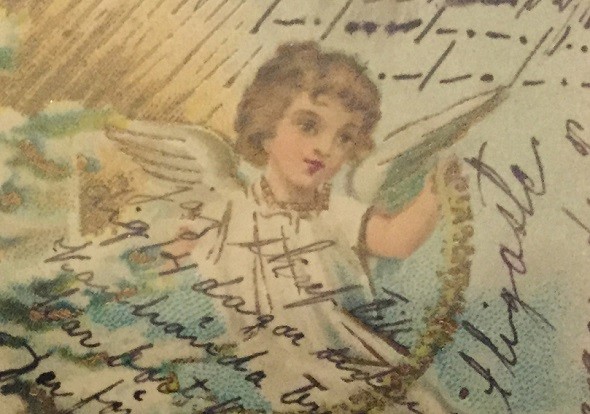Klausis Krypto Kolumne wishes everybody a Merry Christmas! In case you find some spare time over the holidays, try to solve this encrypted Christmas card from the early 20th century.
When I attended the Charlotte International Cryptologic Symposium in March this year, I got to know crypto postcard collector Raymond Borges. He let me take pictures of his marvelleous collection. Meanwhile I have published a number of blog posts about these cards. My readers were very successful in solving them.
There’s one card in Raymond’s collection that I have saved until Christmas. It’s a beatiful Christmas card from 1906 written in Morse code:
A part of the text is in the clear. It looks like a Scandinavian language to me. On the upper right side the date 22/12/06 can be seen. Unfortunately, the address side of the card is not available.
Can a reader decrypt this card? And can somebody read the cleartext? The solution would be a nice Christmas gift for me.
Follow @KlausSchmeh
Linkedin: https://www.linkedin.com/groups/13501820
Facebook: https://www.facebook.com/groups/763282653806483/
Further reading: Who can break these encrypted telegrams from 1876?




Kommentare (9)